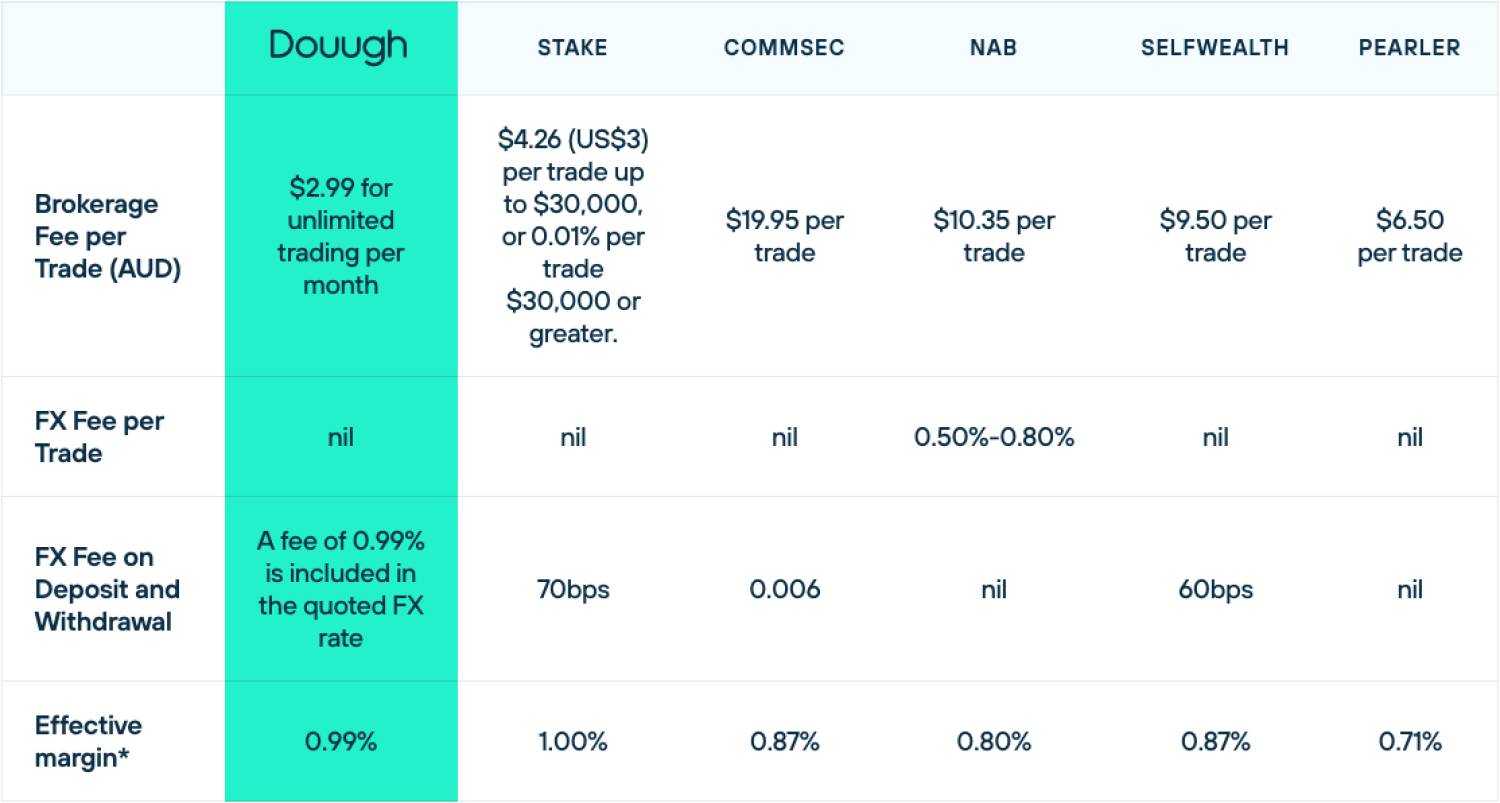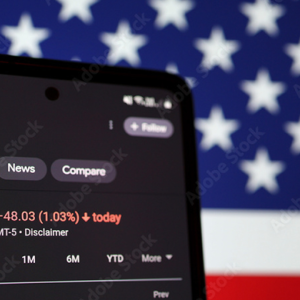
3 | Intermediate
FX Fees
FX fees (also known as foreign exchange fees) are the charges associated with converting one currency to another. These fees can be applied when you buy or sell foreign currency. The fees can take different forms, such as:
Exchange rate spread: The difference between a currency pair's bid and ask prices.
Commission: A flat fee the bank charges for the currency exchange transaction.
Markup fee: A fee added to the interbank rate to make a profit on the transaction.
These fees can vary depending on the provider, the amount of currency exchanged, and the currencies exchanged. It is also possible that a combination of fees are applied. To minimize the fees associated with foreign currency exchange, shopping around and comparing rates from different providers is important.
BPS vs % fee
BPS (basis points) and % (percentage) are both units of measurement used to express the percentage increase or decrease of a value. BPS is equal to 0.01% (1/100th of a per cent), so 1 BPS is equal to 0.0001.
For example, if a fee is expressed as 25 BPS, it is equivalent to 0.25% (25 x 0.0001). The main difference between BPS and % is the level of precision they provide; BPS is more precise, as it can express values less than 1%, while % can only express whole numbers.
The bps fee as a percentage fluctuates based on the exchange rate and the direction of the transfer.
 Portfolios
Portfolios



